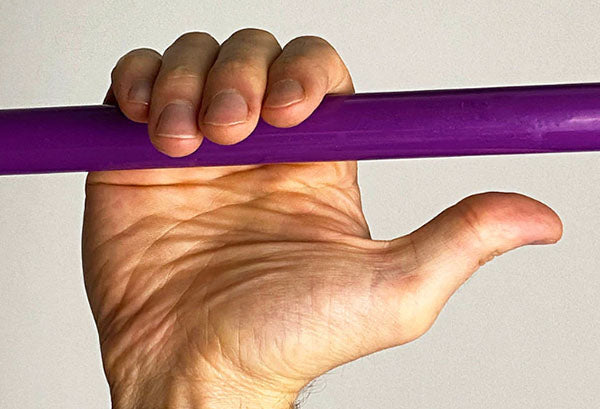The grip strength of an individual is an essential measure of physical health and functionality. In clinical settings, a hand dynamometer is often used to measure grip strength. However, it may not always be accessible or practical for personal use at home or in a non-clinical environment. This raises the question, "How to test grip strength without a dynamometer?" The following article offers alternative techniques and methods to assess grip strength without the need for professional equipment.

Alternative Methods to Test Grip Strength:
1. The Handshake Test: The simplest and most informal method is to assess your grip strength via a handshake. The force exerted during a firm but comfortable handshake can give a rough estimate of one's grip strength.
2. The 'Object Lift and Hold' Test: Choose an object with a known weight, like a dumbbell or a filled water bottle. Lift and hold the item with your arm extended and see how long you can maintain the grip. The longer you can hold it, the stronger your grip.
3. The 'Squeeze and Release' Test: With a soft, flexible ball in hand, squeeze and release repetitively for a set period, say one minute. The number of successful squeezes can be an indicator of your grip endurance.
If your grip strength leaves room for improvement, there are several exercises you can do to enhance it:
1. Weight Lifting: Regular weight lifting helps improve overall muscular strength, which includes grip strength.
2. Hand Gripper Exercises: Hand grippers are small, inexpensive tools designed to improve your hand and grip strength.
3. Finger Strength Exercises: Simple tasks such as crumpling a piece of paper into a tight ball using one hand can help increase finger strength, contributing to grip strength.
While the use of a dynamometer may offer the most accurate measurement of grip strength, there are several alternative ways to assess and improve this vital aspect of health and physical ability. Through the methods discussed above, one can estimate grip strength and engage in activities to improve it. It's essential to keep in mind that gradual progress is key, and any exercise regimen should be paired with good nutrition and adequate rest to maximize results.











